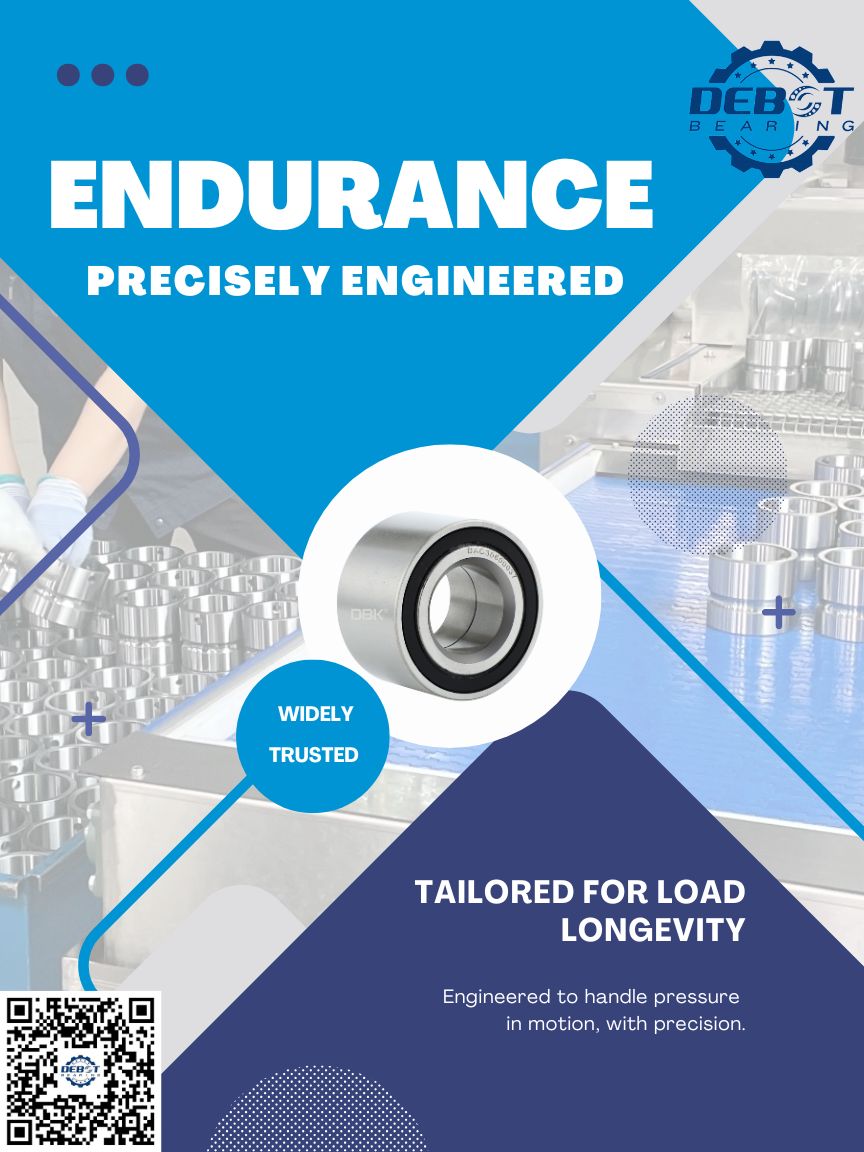


2025- 06- 19
In a world of evolving machinery and faster demands, bearing selection is no longer just about dimensions or materials — it's about system-level performance. Among countless bearing types, tapered roller bearings (TRBs) continue to be a go-to solution for high-load and mixed-load applications, especially where reliability is non-negotiable.
At DEBOT, we see TRBs not just as components, but as structural enablers. Their geometry — a synergy of inner ring, outer ring, tapered rollers, and cage — allows them to support radial and axial loads simultaneously, a feature critical in gearboxes, axles, heavy-duty transmissions, and rolling mills.
1. True Load-Bearing Balance
While many bearings excel at either radial or axial loads, tapered roller bearings do both — and do them well. This makes them ideal for applications where directional forces shift dynamically, such as in drivetrain systems or industrial conveyors.
2. Misalignment Tolerance
In real-world settings, perfect alignment is rare. The tapered design accommodates slight misalignments, reducing stress concentration and vibration. That means longer machine life and fewer unplanned stoppages.
3. Modular Thinking in Design
Available in single, double, and four-row versions, TRBs can be configured to fit the space, speed, and stress of virtually any industrial challenge — without compromising reliability.
4. Predictable Maintenance Schedules
With proper lubrication, TRBs operate for extended periods under load without failure. That’s why engineers value them in mission-critical systems where downtime is costly.
From the wheel hubs of heavy trucks to the roll journals of steel mills, tapered roller bearings continue to offer a mix of precision, endurance, and structural adaptability that few alternatives match.
At DEBOT, we work closely with engineers and OEMs to customize TRBs that fit your system — not the other way around.
Bearing performance isn't just a spec sheet — it's a strategy.
Let’s build that strategy together.
